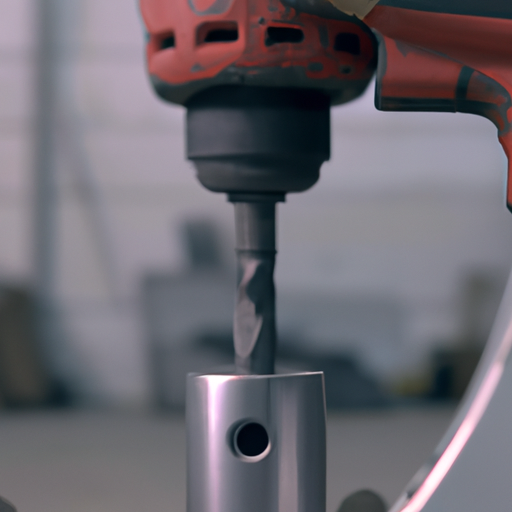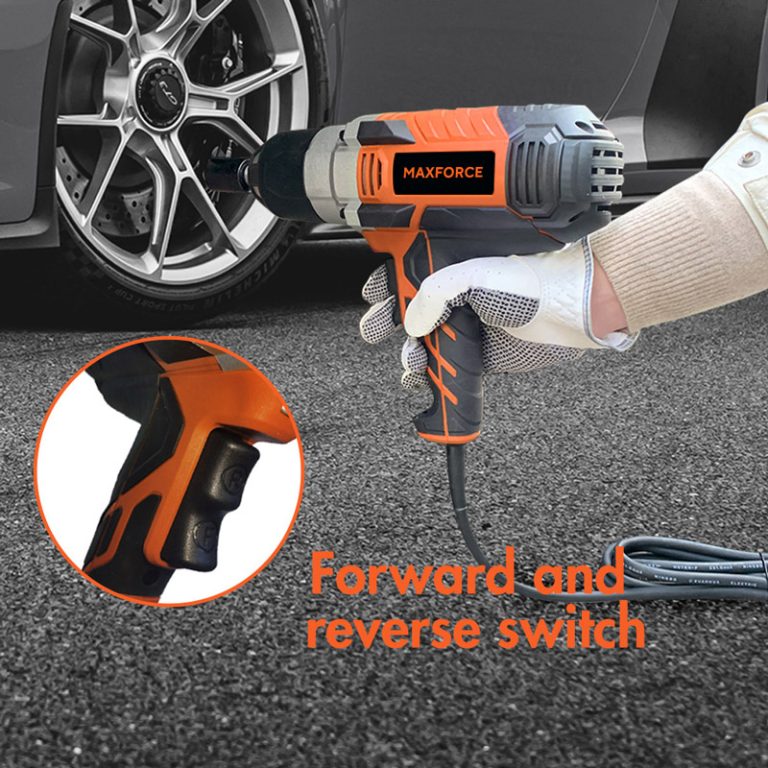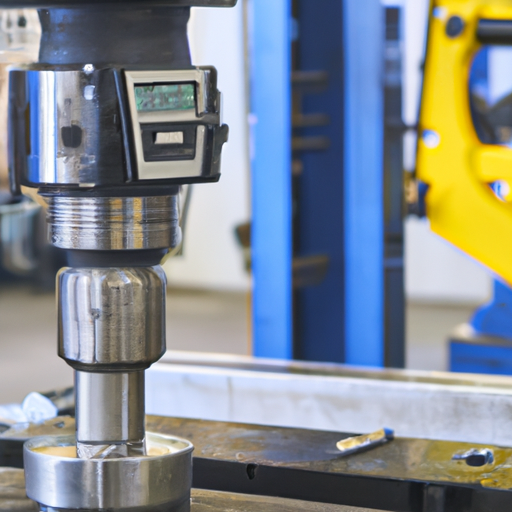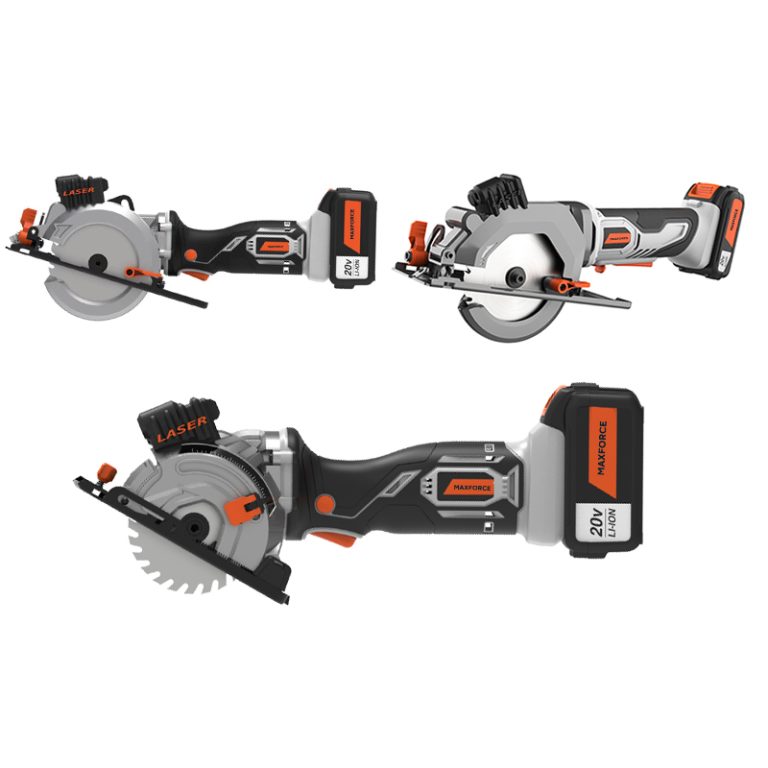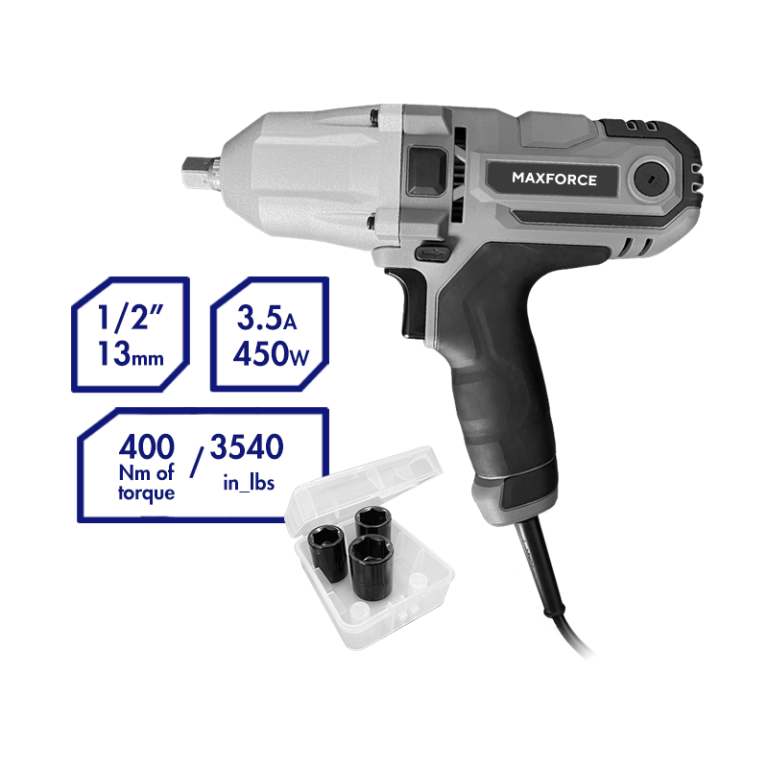Step-by-Step Guide to Installing a Socket on an Impact Wrench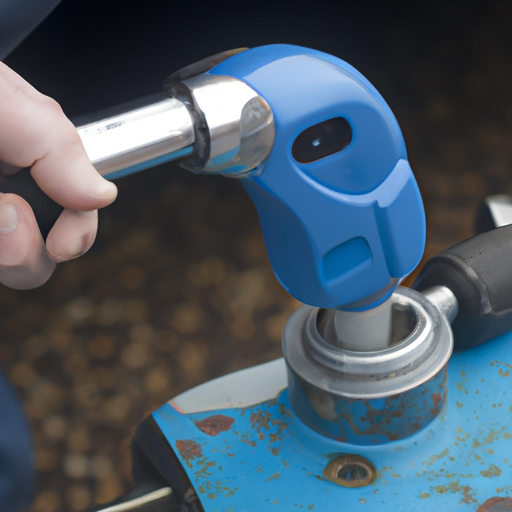
1. Gather the necessary tools and materials. You will need an impact wrench, a socket, a wrench, and a lubricant.
2. Place the socket onto the end of the impact wrench. Make sure that the socket is securely attached to the wrench.
3. Secure the socket in place by using the wrench to tighten the retaining ring.
4. Apply a small amount of lubricant to the socket and the impact wrench. This will help to ensure that the socket is securely attached and will reduce friction.
5. Test the socket to make sure that it is securely attached. You can do this by gently tapping the socket with a hammer. If it does not move, then it is securely attached.
6. Once the socket is securely attached, you can begin using the impact wrench. Make sure to use the correct safety precautions when using the tool.
7. When you are finished using the impact wrench, make sure to remove the socket and store it in a safe place.
How to Choose the Right Socket for Your Impact Wrench: Tips and Tricks
When it comes to choosing the right socket for your impact wrench, there are a few tips and tricks that can help you make the right decision. Here are some of the most important things to consider when selecting the right socket for your impact wrench.
1. Size: The size of the socket is the most important factor to consider when selecting the right socket for your impact wrench. Make sure that the socket is the correct size for the fastener you are working with. If the socket is too small, it won’t fit properly and could cause damage to the fastener. If the socket is too large, it won’t provide enough grip and could slip off the fastener.
2. Material: The material of the socket is also important. Make sure that the socket is made of a durable material that can withstand the high torque of an impact wrench. Steel is the most common material used for impact sockets, but there are also other materials available such as aluminum and titanium.
3. Drive: The drive of the socket is also important. Make sure that the socket is compatible with the drive of your impact wrench. The most common drives are ¼ inch, 3/8 inch, and ½ inch.
4. Depth: The depth of the socket is also important. Make sure that the socket is deep enough to fit the fastener you are working with. If the socket is too shallow, it won’t provide enough grip and could slip off the fastener.
5. Accessories: Some sockets come with accessories such as extensions and adapters. These can be useful for reaching hard-to-reach fasteners.
By following these tips and tricks, you can ensure that you choose the right socket for your impact wrench. With the right socket, you can get the job done quickly and efficiently.


